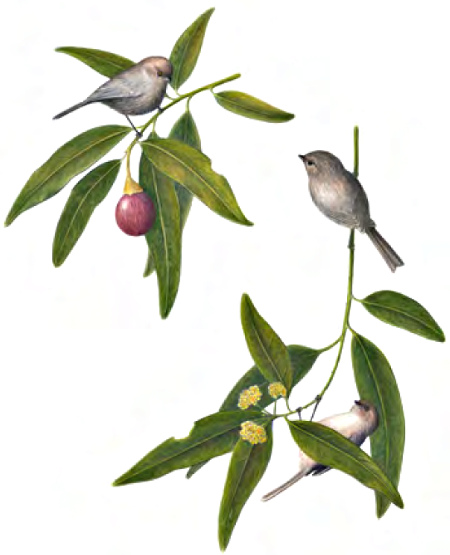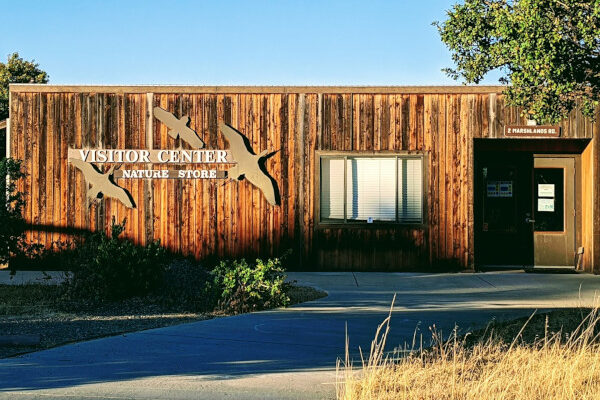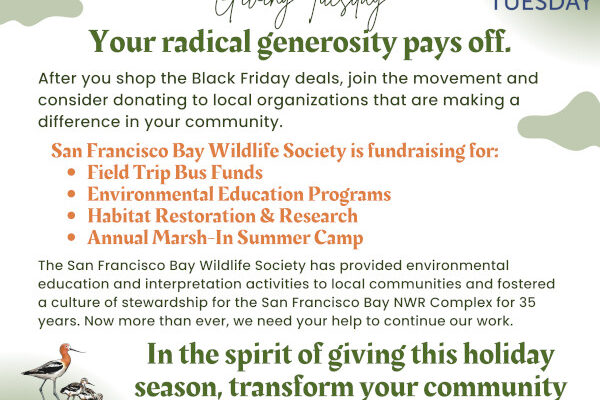
Framed print of a watercolor painting by Kathy Kleinsteiber.
by Ceal Craig
San Francisco Bay Wildlife Society’s Nature Art Show and 30th Anniversary celebration was great fun and a resounding success.
The artists’ works were beautiful. We had a lovely party, and many people came to appreciate the works by Kathy Kleinsteiber, Donald Neff, Shirley Lin, Linda Patterson, Linda Knoll, Matthew Dodder, Julie Long, and Attila Cziglenyi.
Watch our website, www.sfbws.com, for a Nature Art Portfolio coming soon. We will put the artists’ works on-line for continued sales, with a portion of the proceeds donated to the Society to support our on-going programs at the refuge.




